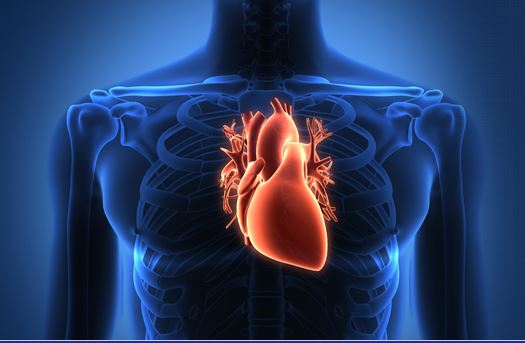Nevada Heart & Vascular Center
The Leading Cardiovascular Group in Southern Nevada
Nevada Heart and Vascular provides comprehensive cardiac and vascular services. As the leading group in Southern Nevada, this means you can rest assured you’ll find world-class expertise and a complete range of technology.
Our medical team is here to design the best treatment plan available. For your caregivers, communication and collaboration is essential to providing you with the best outcome possible. It makes a difference where you’re treated for heart and/or vascular disease. The experienced team at Nevada Heart and Vascular Center are here for you.
With the addition of our Imaging Center, we are able to bring non-invasive, advanced technology to our patients. Technology such as our Dual Source Computed Tomography (CT) allows our medical team to view images of the heart in full motion by “freezing” these images. Older technology would require the patient to take medication such as beta-blockers to slow down the heart rate. Contact our office today to schedule your consultation http://nevadaheart.com/.

There are some signs to be found to ascertain that someone is having a heart attack. Angina is a state when a painful burning and squeezing of chest are felt. You should report your doctor immediately whenever you experience angina. The doctor may prescribe nitroglycerin tablets, which normally broaden the blood vessels, helping more blood to reach the muscles of the heart. Other typical warning symptoms and signs are chest pain, tightness which spreads to the left arm and shoulder, sweating, shortness of breath, nausea, and weakness, headache, and dizziness.
When you are rushed to the hospital with a heart attack, you will be subjected to undergo a good number of various medical tests. The heart monitor displays the pulse rate, electrocardiogram (ECG) records and measures the electrical activity of the heart. The blood oxygen level, too, can be measured with a sensor which is attached to the finger or ear. In fact, not all hospitals have such infrastructure.
Check this out http://nevadaheart.com/
Heart disease remains the #1 killer of women in the United States. Unfortunately, heart disease often goes unrecognized and untreated until the woman has a disabling or fatal heart attack. Women often have different symptoms than men do, and not all physicians know what to look for. Not all women know what to look for.
Prodromal Symptoms
Most women who have heart attacks experience ‘prodromal’ symptoms for a month or more before the incident. Prodromal symptoms predict the onset of a disease. If we recognize prodromal symptoms, sometimes we can prevent the heart attack that is about to happen.
Men are not as likely to have prodromal symptoms as women; 95% of women in a recent National Institutes of Health study had one or more of the following symptoms for a month or more before their heart attacks:
Severe fatigue
Severe sleep disturbances
Shortness of breath
Indigestion
Anxiety
Chest Discomfort
Only a third to a half of all women have chest discomfort when they have a heart attack. Those who do experience discomfort don’t usually describe it as pain, either. Women are more likely to say they have aching, pressure or tightness in their chests than they are to use the word, ‘pain.’
Women who are having a heart attack are more likely to experience one or more of the following symptoms than they are to have chest discomfort:
Sudden, severe shortness of breath
Sudden weakness
Sudden, severe fatigue
Breaking out in a cold sweat
Sudden dizziness.
Women do have different heart attack symptoms than men do, but heart disease is just as disabling and just as fatal to women as it is to men. Recognizing the symptoms women are most likely to experience with a heart attack could save your life.